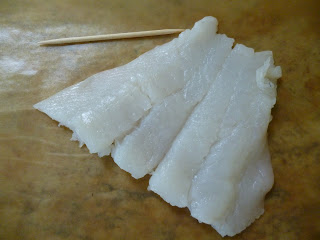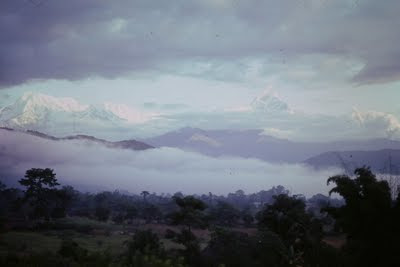Mrs. Miller considered a moment and then said, "I'd say it would cost $50 a month." But she also made it known that might be on the high side.
I've obviously never forgotten that comment and have (also obviously) gone into sticker shock when it seems to cost more like $50 a day now. Fruits (and some vegetables) seem like pieces of gold ... which is why I look forward to this time of year. Their season. So, when we now have bins of fresh beans, boxes of fresh berries, tomatoes, I'm a little surprised to shell out quite so many dollars but admit to "understanding" the prices because they've crept up so gradually, they almost seem normal. But I also realize there's very little you can buy for under $1. Maybe a banana. (Not even a chocolate bar.)
I decided to do a study here of just how much fresh produce I could get for a dollar. Most of it fresh local produce. And unless otherwise noted, all of it organic. And all purchased at a local farm stand or farmers market. (No supermarket stuff here.) (The spoon is supposed to show scale.)
 | |
| Here each item is $1: one tomato ... 2 cucumbers ... this much avocado |
 | ||
| Speaking of cucumbers, these two lemon cucumbers came to 87¢ so I cut off part of a third to equal $1 |
 | |
| In fact, the whole clump of broccoli cost $2.30 from the farmer who grew it, so I had to lop off more than half to get to my $1 amount |
 | |
| Here's the best deal, all four for $1, also bought from the farmer who grew them |
 |
| $1's worth of local organic blueberries |
 |
| White non-organic peaches |
 |
| The princesses of them all (in a gold-rimmed-dish, no less)--four organic cherries at 25¢ each. |
 |
| $1's worth of Black Back Flounder (try saying that one quickly) from our local fish store. |
 |
| A baked South American meat pastry from the farmers market. Pretty itty-bitty for $1 and it wasn't very good. |
And finally, here's some local cheese.
 |
| $1's worth of this 2-year aged cheddar only came to 1 oz. |
What Makes August August
Cucumbers, tomatoes, peppers, summer squash
Efforts to finish up house projects
First day of school (that used to be in September!)
A noticeable but not yet significant cooling
A noticeable but not yet significant darkening earlier
The sense of something ending, something changing


















